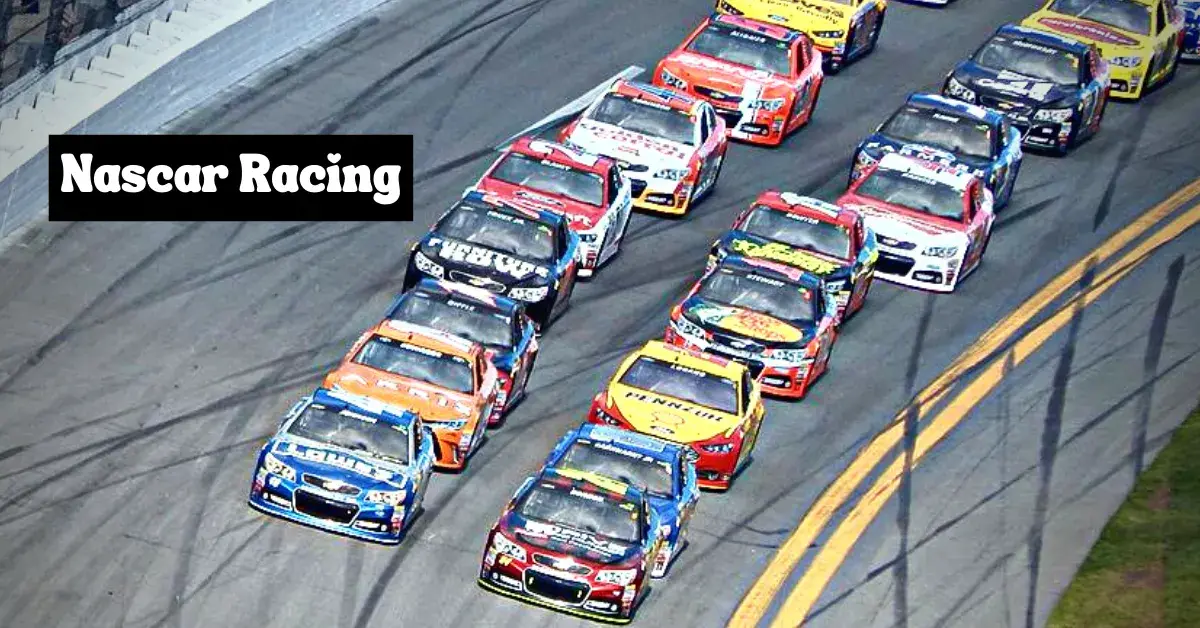Homestead–Miami Speedway in Homestead, Florida began life in 1993 and has been used over the years for NASCAR, the IndyCar Series, the Weather Tech Sports Car Championship and the Championship Cup Series.
When NASCAR’s Cup Series, Xfinity Series and Truck Series season-ending races were held at Homestead–Miami Speedway from 2002 through 2019, it was known as the Ford Championship Weekend with race names including Dixie Vodka 400, Contender Boats 250 and Baptist Health 200.
What Is The History Of The Homestead–Miami Speedway
As part of a plan to aid Homestead in its recovery from Hurricane Andrew’s devastation, the speedway was built by promoter Ralph Sanchez and on the one-year anniversary of the hurricane, on August 24, 1993, the first shovels of dirt were turned.
It was the final race of the 1995 NASCAR Busch Series when it started in November of that year and Homestead would continue to host season-ending races for the Busch Series, as well as NASCAR’s Winston Cup and Craftsman Truck Series.
The season-ending Homestead races were dubbed “Ford Championship Weekend” by NASCAR from 2002 through 2019 and the first CART race was staged there in the spring of 1996.
Colors such as aqua, purple and silver are used liberally in the track to evoke Miami Beach’s art deco district and despite the fact that the circuit has always been regarded as visually appealing, the racing at Homestead was once regarded as very poor quality.
Because Carl G. Fisher also designed the Indianapolis Motor Speedway and Miami Beach, the track’s original configuration of a four-turn rectangular-oval was a happy accident.
While the Indianapolis Motor Speedway’s racing qualities could be maintained, the track’s shorter distance made it difficult. There were sharp flat bends and aprons which reduced the total speed of the vehicle and crash angles were made unfavourably extreme as a result of the track shape as well.

When Was The Homestead–Miami Speedway Track Turned Into An Oval
It was decided in 1996 that a 24 foot expansion of the aprons of the turns would be necessary to address the issues (7.3 m) and during the summer of 1997, a $8.2 million reconstruction project converted the turns from a rectangular shape to a more conventional oval shape.
In 2003, the track was rearranged for the third time with steep variable banking being introduced into the turns and for the first time ever, night racing was possible in 2005 when huge lights were installed.
Fan reaction to these moves were positive giving fans several close races at the track, including the 2005 last-lap fight between Greg Biffle and Mark Martin.
On March 26, 2006, Paul Dana, an Indy Racing League driver, was killed after colliding with Ed Carpenter at a speed of more than 215 mph (346 km/h) while warming up and on March 16, 1997, John Nemechek was killed in a Craftsman Truck race at the speedway and sadly on March 22, 2002, Jeff Clinton was also killed in a Grand Am sports car race at the same track.
The GAINSCO Auto Insurance Indy 300 finale for the IRL IndyCar Series and the Grand-Am Rolex Sports Car Series moved from their regular early season slots to October in 2009, making Homestead the host of five season-ending racing series events.
The Rolex Series moved its Homestead race to a date earlier in the season after the Indy Car Series discontinued its Homestead race.
How Long Are The Races At Homestead–Miami Speedway
CART race length measured 1.517 miles for the first race in 1996 with the former rectangular layout being used as a reference point. The track’s length was recalculated in 1998 and is now 1.502 miles (2.417 km) and up until the final CART race in 2000, this length was also utilised for timing and scoring.
The NASCAR racetrack uses a 1.50-mile distance for timing and scoring (2.41 km) and between 2001 and 2003, this was the length that Indy Racing League employed as well but since 2004, the IRL has used a 1.485-mile track length for timing and scoring (2.390 km).
The new banked layouts for NASCAR will continue to use the 1.5-mile distance for now with no further changes in the pipeline.

